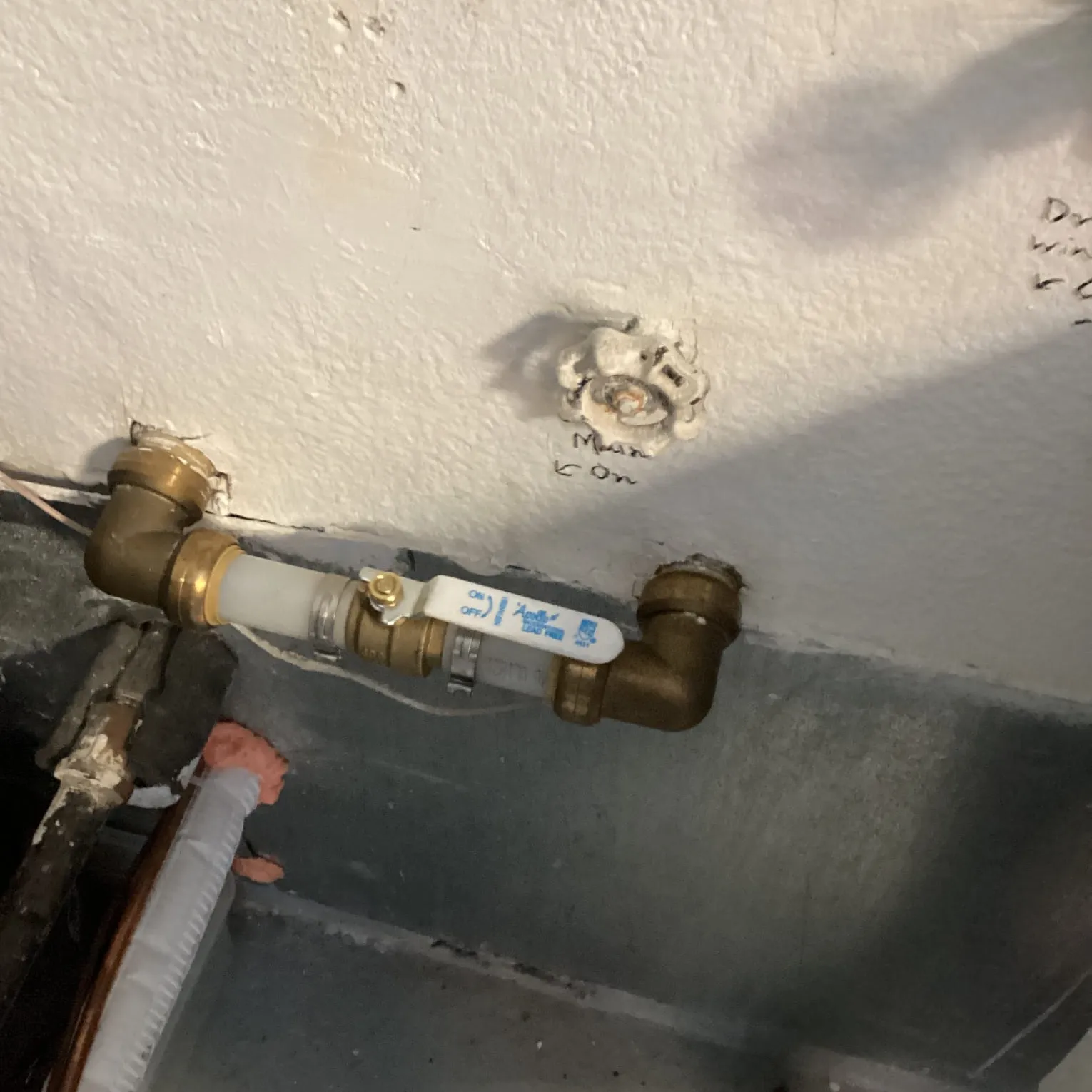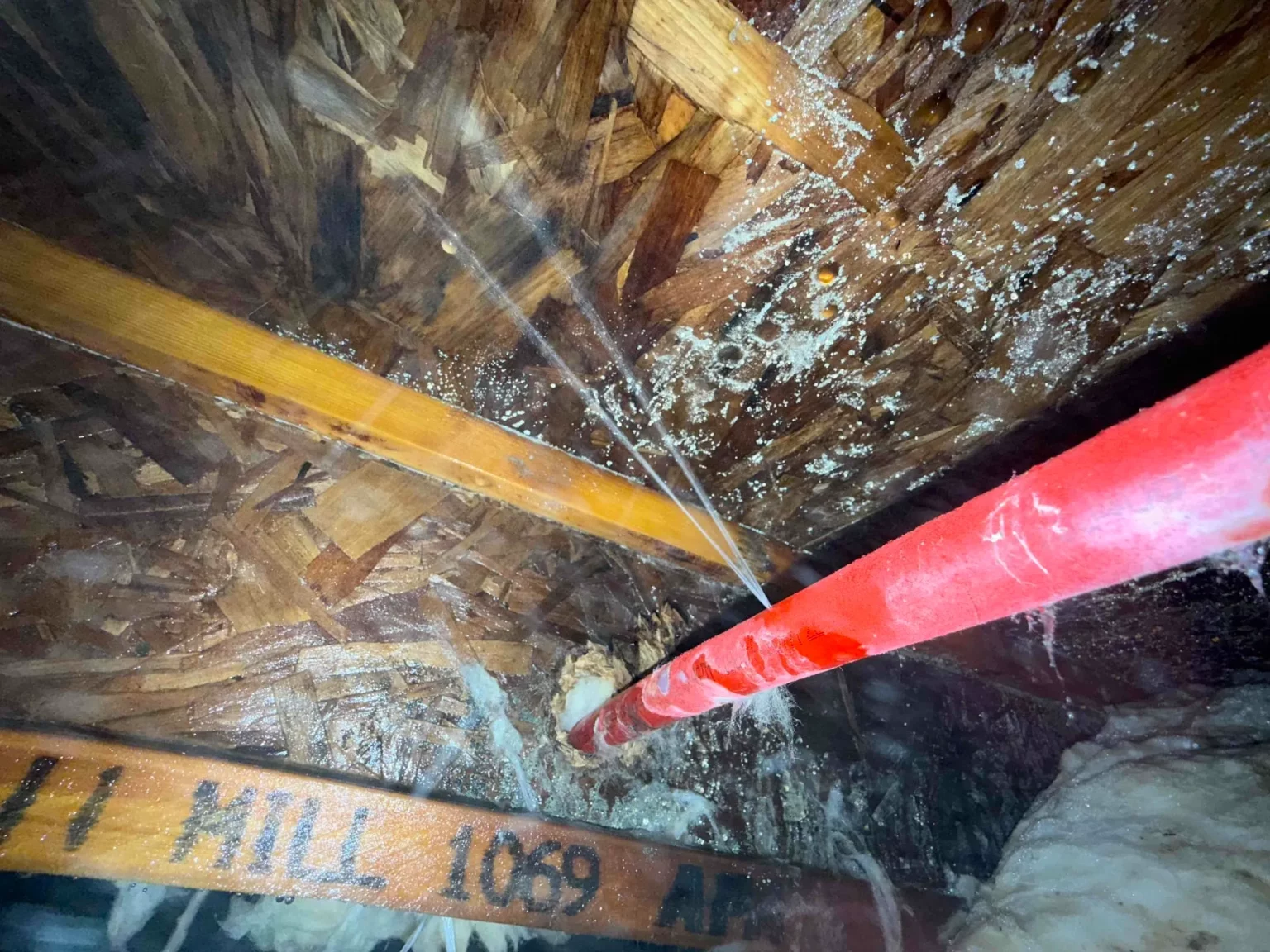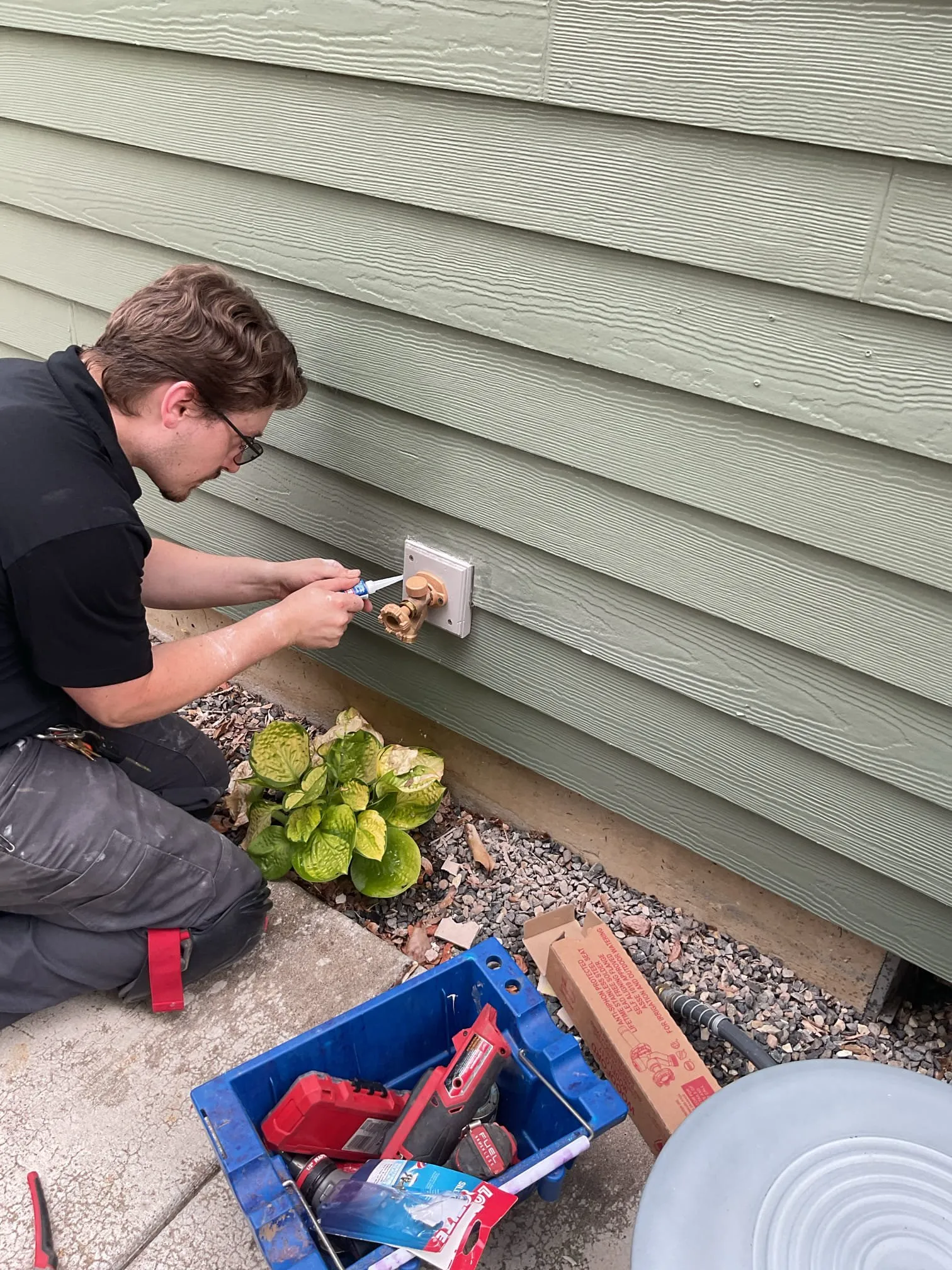
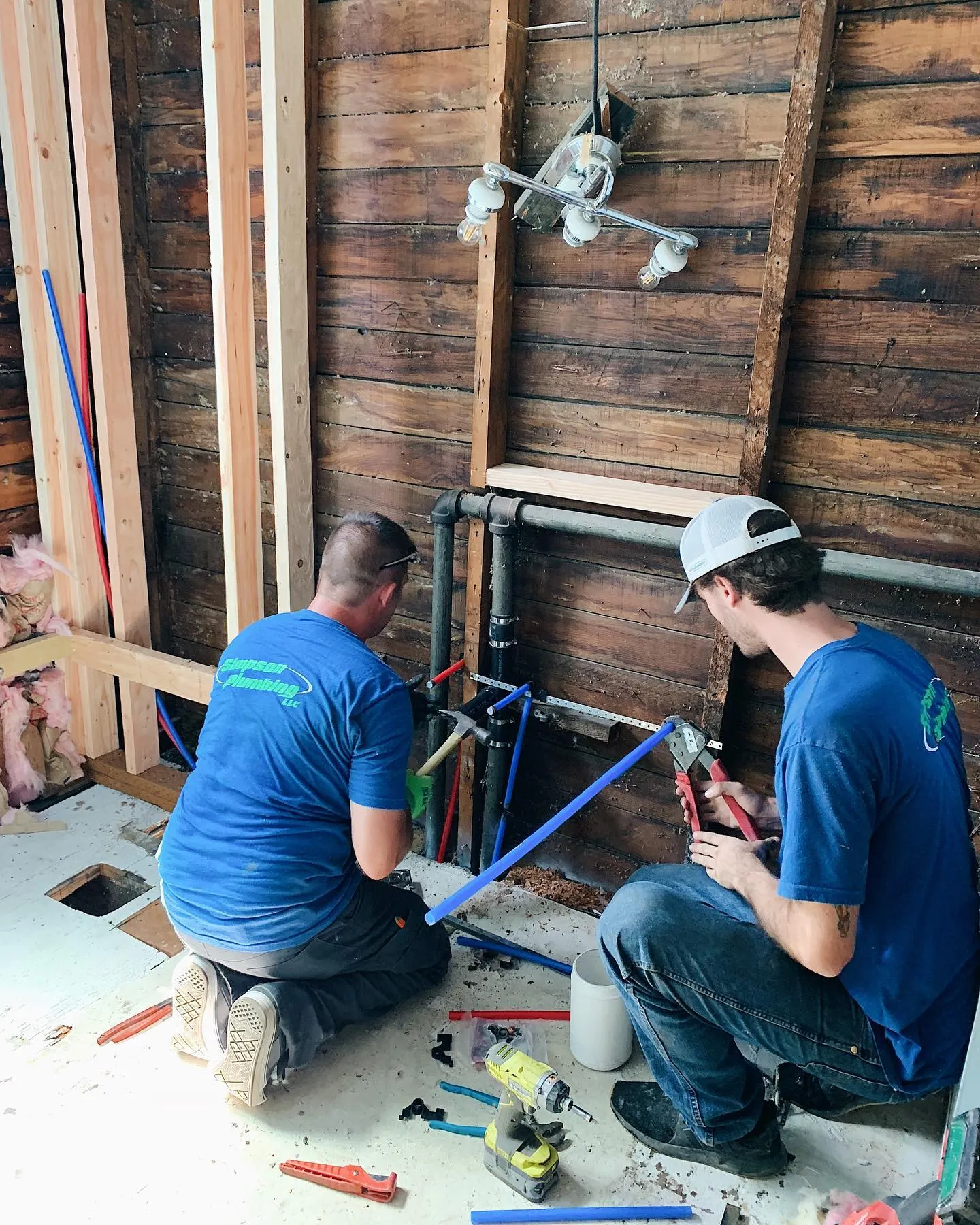
Protecting a home’s plumbing system in Vancouver, WA, requires proactive maintenance focused on managing mineral content in the water supply, mitigating damage from occasional freezing snaps, and regular sewer line inspection due to surrounding tree growth. The most effective preventative measure is performing annual water heater flushing to remove sediment and conducting exterior pipe checks before the first hard freeze of the season. Ignoring these steps often leads to system failure and costly repairs common in the Pacific Northwest climate.
Homeowners in Clark County face a unique blend of maintenance needs that differ from other regions. This guide details practical, experience-based steps Simpson Plumbing recommends to maximize the longevity and performance of residential systems.
Vancouver doesn’t experience the prolonged, deep freezes found in the Midwest, but the risk comes from sudden, sharp temperature drops that expose improperly insulated pipes quickly. These rapid weather changes can be just as damaging. Preventing frozen pipes starts in late fall, before temperatures dip near 32°F.
Exterior hose bibs are the most vulnerable points. It is standard practice to disconnect all hoses, shut off the dedicated interior valve feeding the outdoor faucet, and drain the remaining water from the pipe. If the valve is inaccessible or non-existent, installing a frost-free hose bib prevents water from sitting near the exterior wall.
Bonus Tip 1: The PEX vs. Copper Cold Test While copper pipes are less common in modern construction, they are prone to bursting when water freezes. PEX tubing offers slightly more flexibility and resistance to rupture under freezing conditions, but it is not freeze-proof. Regardless of the material, insulation is non-negotiable for any pipe running through an unheated space like a crawl space or garage.
Many older Vancouver homes use crawl spaces that often lack adequate insulation, leaving supply lines exposed to cold air intrusion. Homeowners must check that all vents are closed for winter and that exposed pipes are wrapped using foam pipe sleeves. Even short sections of vulnerable pipe, particularly those near exterior walls or foundational gaps, need attention. Sealing drafts and covering vents help maintain the ambient temperature above freezing.
A water heater is typically one of the most expensive plumbing items to replace. Proper maintenance directly affects how long the unit lasts and how much energy it uses. A well-maintained unit can last over 10 years, but neglect can cut that lifespan nearly in half, according to data collected by the Department of Energy detailing appliance efficiency.
Sediment is the enemy of a tank-style water heater. The natural minerals in the water settle at the bottom of the tank, creating a barrier between the heating element and the water. This forces the unit to run longer and increases the risk of element burnout. Flushing the tank annually removes this buildup, restoring efficiency and preventing overheating damage. Also, check the anode rod every two to three years; this rod is designed to corrode before the steel tank does. Replacing a depleted anode rod is far cheaper than replacing the entire heater.
| Maintenance Task | Frequency | Expected Benefit |
|---|---|---|
| Tank Flush (Sediment Removal) | Annually | Increases efficiency, prevents element burnout |
| Anode Rod Inspection | Every 2-3 Years | Prevents tank corrosion, extends unit life |
| Pressure Relief Valve Test | Semi-Annually | Ensures safety, prevents pressure buildup |
Blockages often result from years of misuse. In the kitchen, the major culprit is FOG (fats, oils, and grease), which solidifies in cool pipes. In bathrooms, hair and soap scum are the primary offenders. Avoiding chemical drain cleaners is advisable, as they often cause damage to the pipes themselves over time. Utilizing a physical clearing method is generally advisable.
Sewer line issues require prompt attention, particularly in older Vancouver neighborhoods where root intrusion is common. Warning signs include water backing up in multiple fixtures, a persistent gurgling sound coming from toilets when a sink drains, or sudden green, lush patches of grass appearing over the buried line. Many sewer blockages involve non-flushable items, like wipes labeled as flushable, which cause significant obstructions down the line, as reported by Wastewater Digest.
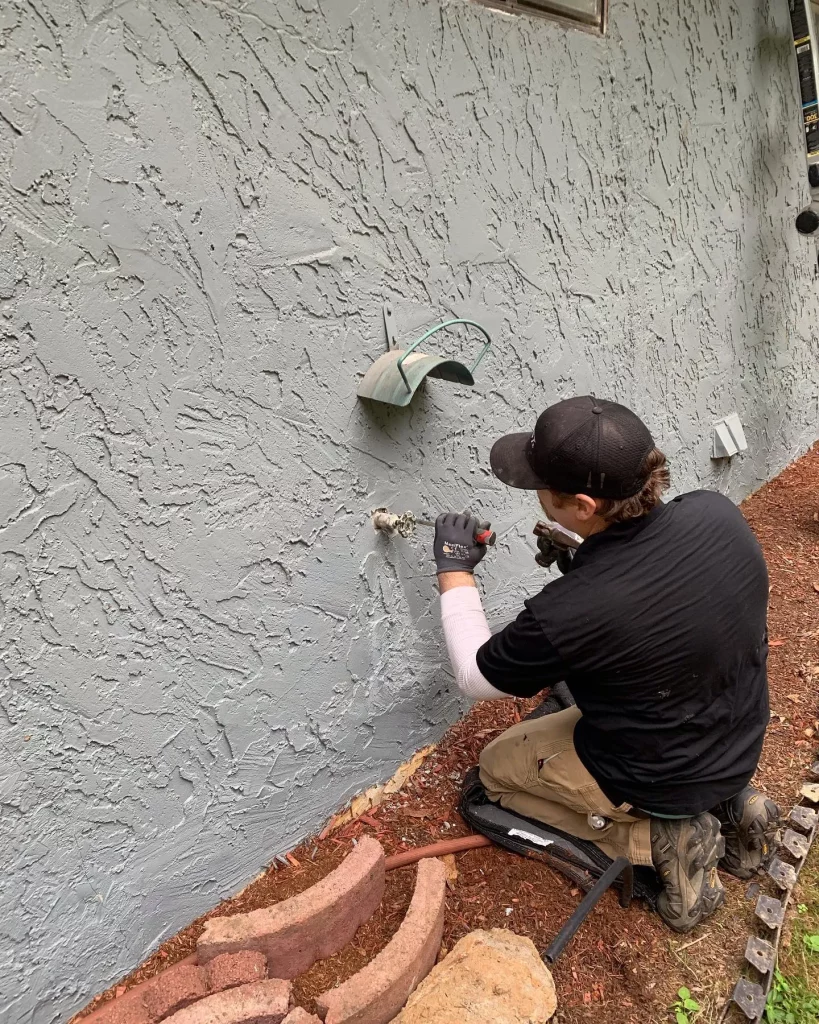
Before deciding whether a repair requires professional service, homeowners should assess the situation clearly. Knowing where the issue originates and what protective steps have already been taken saves time and allows the technician to diagnose the problem faster, whether the issue is a sudden burst pipe or a slow leak.
Bonus Tip 2: Using the Water Meter for Hidden Leaks If the water meter dial continues to spin even when all water appliances are off, a hidden leak exists. This simple test is a reliable way to confirm problems like slab leaks or pinhole leaks behind walls.
Hidden leaks, especially slab leaks that occur beneath the concrete foundation, can cause serious structural damage and significantly increase water bills. The average U.S. household wastes about 10,000 gallons of water per year due to easily fixable leaks, according to the Environmental Protection Agency (EPA).
Regularly checking under sinks and around appliances (dishwashers, washing machines) for dampness or discoloration is essential. Pay attention to water stains on ceilings, which indicate a leak on an upper floor or roof plumbing vent flashing issue.
Bonus Tip 3: Checking Pressure Regulator Functionality High water pressure (above 80 psi) wears out appliances and fixtures quickly, often leading to premature leaks. Vancouver homes should have a pressure regulator installed where the main line enters the house. If faucets are hammering or appliances are failing frequently, test the pressure to ensure the regulator is working correctly and keeping the pressure within safe limits, typically 40 to 60 psi.
Maintaining a reliable plumbing solutions requires consistent, targeted effort, especially concerning water heater function and cold weather preparation. Homeowners must understand their specific infrastructure, particularly if the home is older. By prioritizing annual flushing, checking crawl space insulation, and monitoring the water meter for hidden leaks, homeowners protect their property value and avoid major unexpected repairs. Evaluate your system’s age and material composition when planning preventative work to ensure efforts are aligned with long-term durability goals.
When complex plumbing issues arise that require expert diagnosis, finding reliable technical assistance is vital. If a homeowner has identified a recurring problem or needs specialized maintenance, assistance is available. Contact Simpson Plumbing directly for expert guidance by phone at (360) 954-2041 or send details about the situation via email to [email protected].
Pressure between 40 and 60 pounds per square inch (psi) is considered safe and optimal for residential plumbing systems, balancing good flow with minimal wear on fixtures and appliances. Pressure exceeding 80 psi requires immediate adjustment to prevent component failure.
Galvanized pipes, often found in homes built before the 1960s, should be inspected annually by a professional. These pipes rust internally, leading to reduced water flow and eventual corrosion failure. Noticeable drops in hot water pressure are frequently the first sign of blockage in these older systems.
Yes, tree roots are a primary cause of sewer line disruption throughout the Pacific Northwest. The presence of mature trees seeking water and nutrients means sewer lines are at risk. Regular video inspection is recommended every 1 to 3 years, especially if the property has large, mature trees.
Professional drain cleaning, usually involving snaking or hydro-jetting, is necessary to fully remove stubborn clogs and buildup like grease or roots. Chemical cleaners are caustic, offer only temporary relief for minor clogs, and can damage plastic or older metal pipes.

